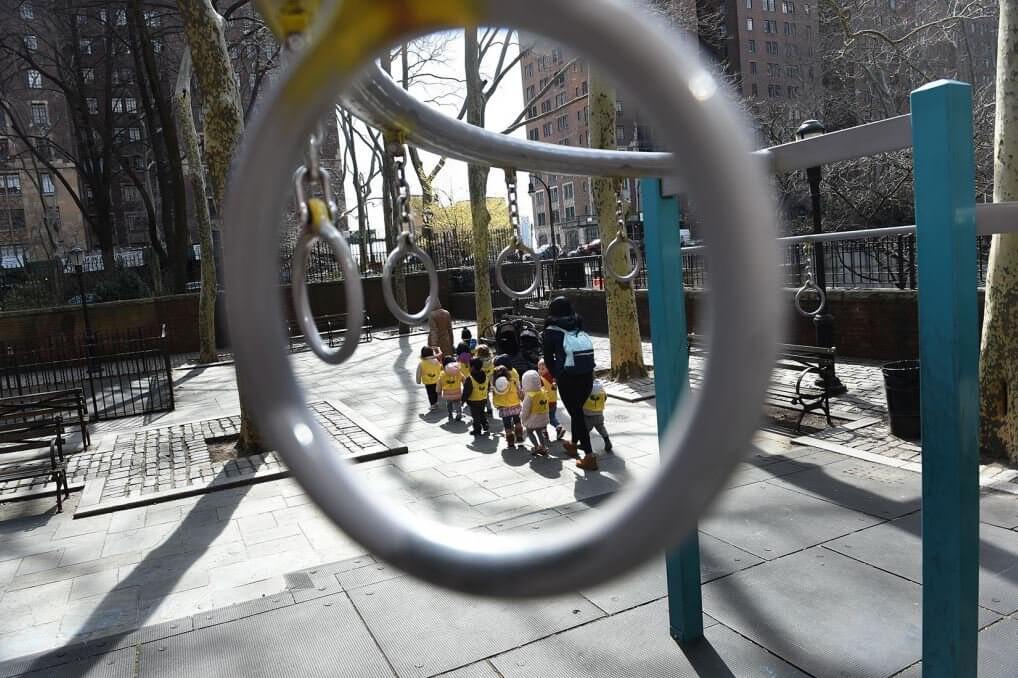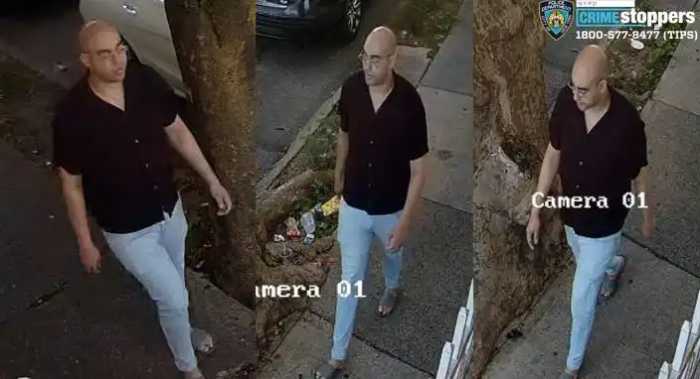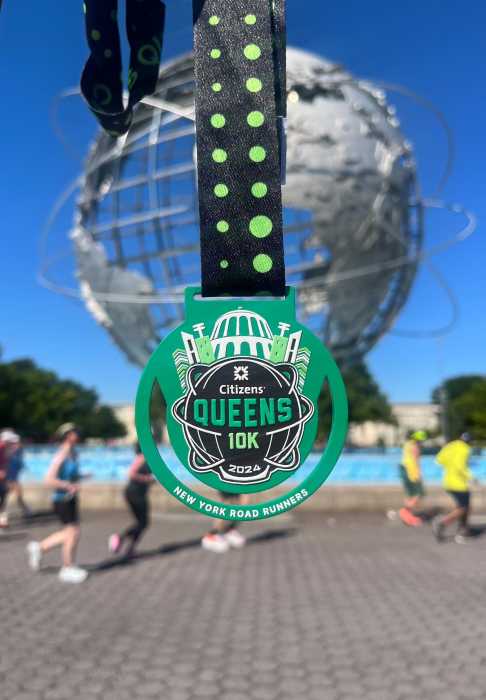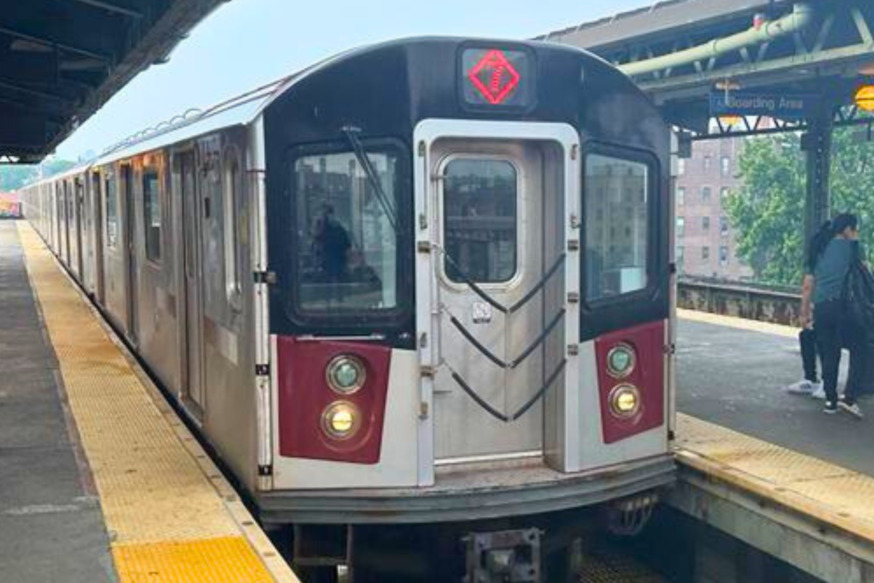Corona and Richmond Hill are two Queens neighborhoods with a vast shortage of playground space, and City Comptroller Stringer wants to do something to help give kids a place to have fun.
In releasing a citywide analysis of playground space this week, Stringer called for more playgrounds in an urban landscape he claims is severely lacking compared to the amount of schoolchildren who depend on them.
Stringer not only wants up to 200 new play spaces created in the next five years to address the shortfall, but he also wants the city’s Parks Department to make things safer in existing playgrounds. His report found that too many playgrounds were not meeting safety standards, putting children at risk of serious injury.
“Playgrounds are essential public spaces, offering children a place to socialize, learn, be active and exercise their imaginations. They are also spaces for children and families to meet their neighbors and develop strong bonds. But our findings reveal stark disparities in access to these critical public spaces in New York City,” Stringer said. “That’s why our city needs to overhaul the planning, construction and maintenance of our playground system.”
The existing parks citywide all had at least one hazard that required “immediate attention,” according to Stringer who cited 2018 inspections. Over 800 other playgrounds had Priority 2 Hazards, features that could inflict “slight to moderate injury,” and 29 others were shown present the chance of “life-threatening or debilitating injury.”
In response to the report, the Parks Department maintained that it’s committed to building for the future while also keeping all existing parks safe for everyone.
“By investing in playgrounds, we are investing in the future of our children. This administration is reconstructing 10 playgrounds in Queens that haven’t seen repairs in more than two decades — part of the mayor’s robust playground reconstruction program, the Community Parks Initiative, a $318M investment citywide,” a Parks spokeswoman said. “Our Parks Inspection Program (PIP) is in place to ensure that our parks are safe, clean and hazard free.”
The Parks Department went on to note that if a feature is deemed hazardous and cannot be addressed immediately, it is taped off from the rest of the facility for public awareness.
But one bad feature does not count against the overall safety of the playground, in the eyes of the agency.
“Hazards, as identified by our PIP inspectors, are specific to conditions found in the park, they do not broadly categorize the park as a hazardous site — the cited issues range from plant thorns to cracks in pavement to hanging tree limbs,” the Parks spokeswoman said.
If a playground presents for of a broad hazardous condition, Parks says they close the site and inform community stakeholders.
The department currently has a program in place to bring more parks to city dwellers with the $318 million Community Parks Initiative which will construct 67 new sites.
New parks completed in Queens under this program are Astoria Heights Playground, Astoria Heights Comfort Station, Bowne Playground, Bowne Comfort Station, Conch Playground, Grassmere Playground, Louis Simeone Park, Van Alst Playground and Astoria Health Playground.
Currently under construction is Playground 35 in Long Island City and in procurement are Almeda Playground and Chappetto Square, Parks said.




































